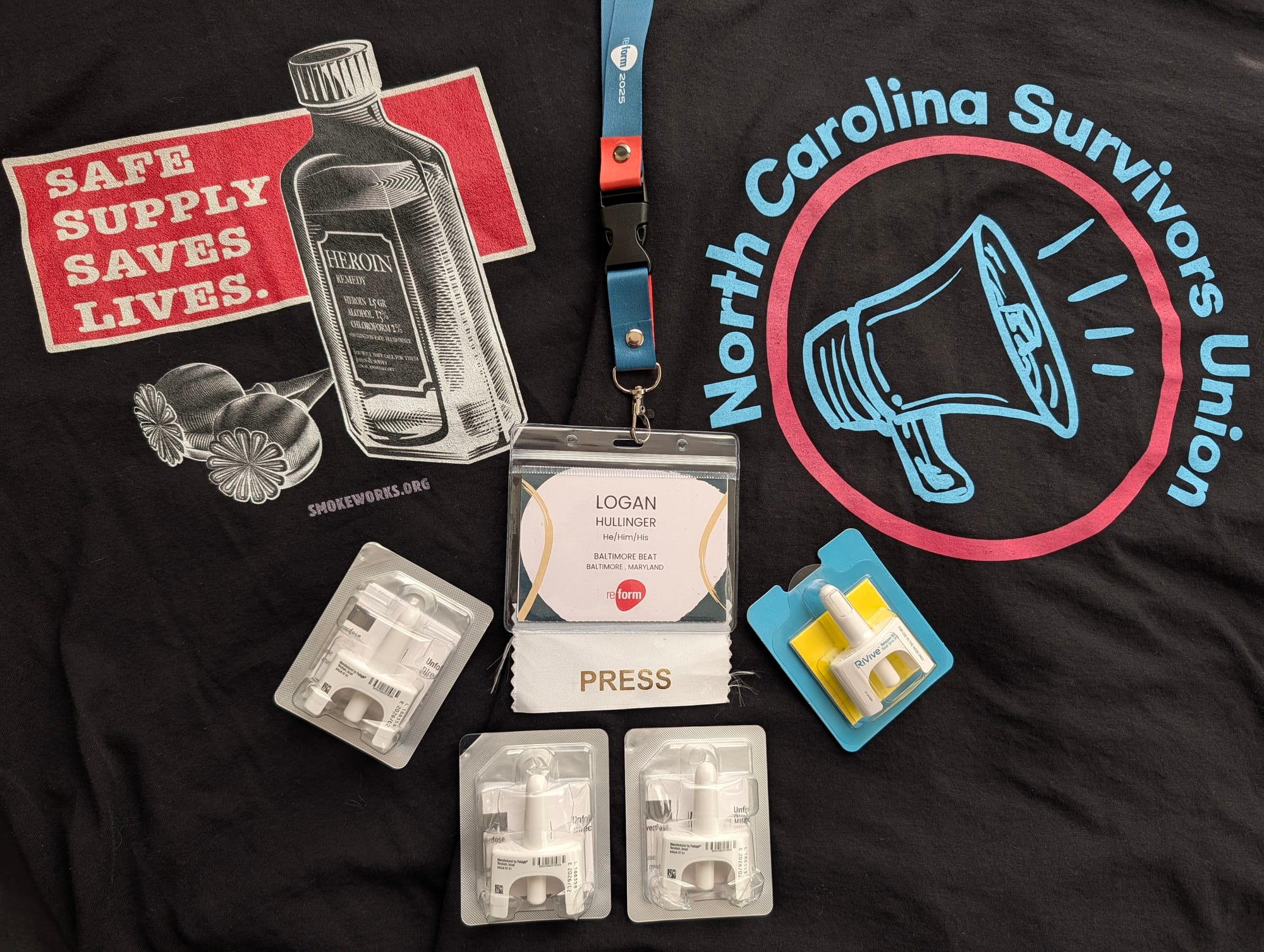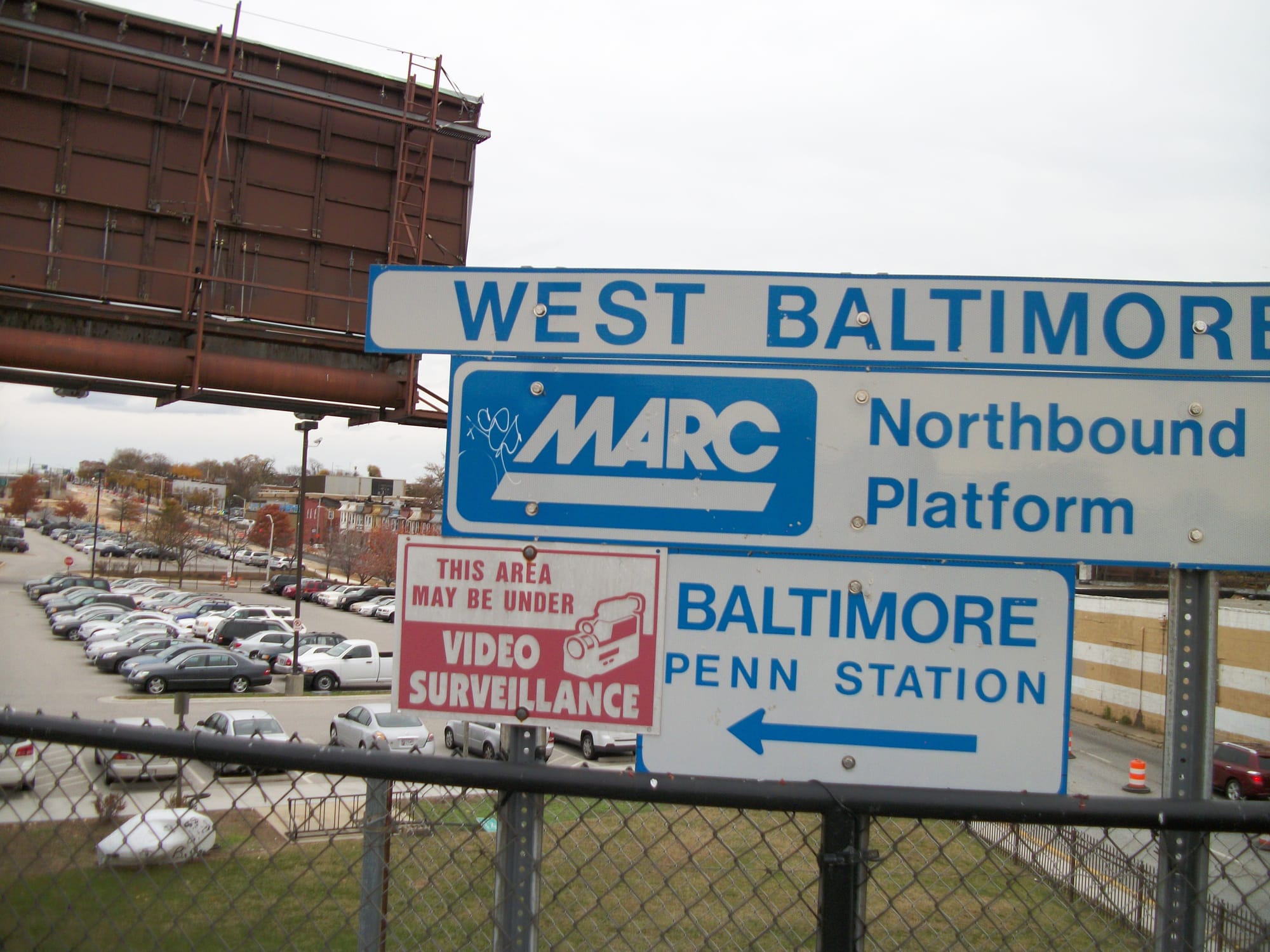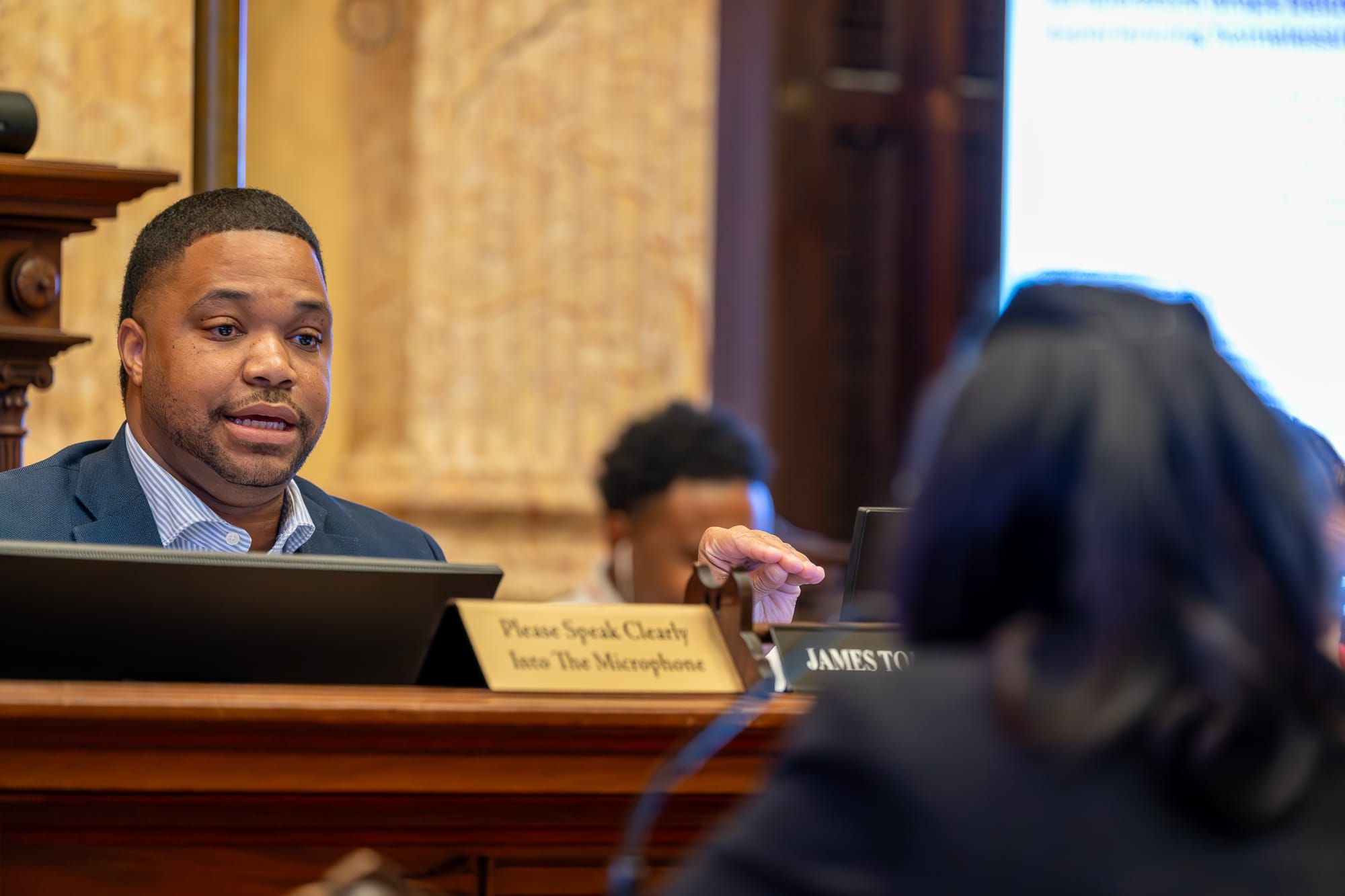
Baltimore was brimming with public discourse about the city's overdose crisis this past month. Yet as city leaders chalked it up to a success ahead of a massive loss in court, any concrete actions to save the lives of those who use drugs remain to be seen.
On Wednesday, the Mayor's Office of Overdose Response concluded its fourth and final community listening session to garner public input on the city's draft strategic plan — one that aims to reduce overdoses 40% by 2040. Those sessions coincided with a string of Baltimore City Council committee hearings, making for a busy month after city leaders weaponized ongoing litigation to avoid speaking publicly about overdose deaths in detail for more than a year.
Then came Friday, when the city was dealt a massive blow upon learning it'd receive just a fraction of what it sought in its landmark opioid lawsuit.
"We have received the court’s abatement ruling and are considering all options at this time,” Mayor Brandon Scott’s office said in a statement. “We remain committed to securing justice for all Baltimore residents disproportionately impacted by the opioid crisis. We will respond in due time in the appropriate judicial forum.”
So, now we can surely expect some action, right? ... Right?
While the PowerPoint presentations and renewed transparency about the overdose crisis were welcome, those things mean nothing without political will among those in power to act upon reverberating calls for drug policy reform. And the city cannot afford to rely on a drawn-out court case — one that likely will not end in their favor — to determine the well-being of drug users.
For years, public health experts and harm reduction organizations have demanded that the city significantly expand its harm reduction arsenal as fatal overdose rates surged for most of the past decade.
Historically, many of those demands have fallen on deaf ears.
Even back before fentanyl was a household name in the drug supply, former Mayor Kurt Schmoke came out in support of complete drug decriminalization in 1988 as part of an unsuccessful attempt to combat the War on Drugs.
Decades later, former State's Attorney Marilyn Mosby made waves after implementing de facto decriminalization — a move lauded by public health advocates but was nonetheless reversed by Ivan Bates just years afterward.
Harm reduction activists have also fought for paraphernalia decriminalization and overdose prevention centers over the years. Baltimore officials have balked at opportunities to fight for change at the local level, instead limiting their support for state legislation that has repeatedly died in committee.
In that historical context, the last time Baltimore made significant and lasting changes to its harm reduction infrastructure and drug policies was when the Baltimore City Health Department began its syringe service program in 1994.
The consequences of the city's failure to act are devastating. Thousands of Baltimoreans have died of overdoses, and nearly all of those who have faced the consequences of the War on Drugs are Black.
Despite the devastation caused by decades of failing to invest in public health initiatives, city officials passed a budget that cuts public health spending — on top of ongoing threats at the federal level — while throwing more cash at the Baltimore Police Department.
Don't worry, restitution funds will save us, they say.
On Friday, Baltimore was offered $100 million for abatement in its landmark opioid case — but only if it accepts a massive cut to the money awarded by a jury in the first phase of trial last year. The ruling could have disastrous implications for the city’s plans to combat the overdose crisis, as it had insisted it needed $5.2 billion to augment its harm reduction and treatment initiatives.
Under an arrangement between the judge and the city, Baltimore now has until August 22 to decide whether to accept the proposed abatement reward in addition to watered-down public nuisance damages or opt for a new trial completely. If the city takes the deal, it would walk away with about $152 million. That would come in addition to the more than $400 million it received from previous settlements.
The sum of money expected from the hyped-up litigation, therefore, is less than the BPD's annual budget.
The news of litigation hits harder when it becomes apparent that the city could have taken great strides to prove it's dedication to compassionate care for drug users last month.
In July, the Penn North neighborhood was hit with a mass overdose event, in which nearly 30 people were hospitalized due to a mix of fentanyl and a potent benzodiazepine. Facing years of pressure from harm reductionists, the mayor was presented with an opportunity.
Scott could have issued an emergency declaration, fast-tracking the opening of overdose prevention centers in West Baltimore and elsewhere in the city.
Instead, the BPD raided the neighborhood, and local officials' messaging prioritized public "safety" over public health. It seems that the city was blind to the fact that its harm reduction infrastructure was the only reason that no one died, and drug users continued to receive services.
The past few decades have demonstrated a continued hesitance among public officials to embrace harm reduction in the city. They refuse to abandon punitive drug policies born out of the War on Drugs and, as public hearings last month demonstrated, most members of the Baltimore City Council seem more interested in abstinence-based treatment programs and the "open-air drug markets."
Those two things, however, are largely out of the city's control.
Much of the regulatory power regarding treatment centers and recovery homes lies in the Maryland Department of Health. As for the drug markets, those will exist as long as prohibitionist policies create a need for a more volatile drug supply and systemic issues such as segregation and poverty force Baltimoreans to find opportunities to support themselves.
Harm reduction, on the other hand, is something the city can and should control, as noted by Councilman Ryan Dorsey, who voiced his support for city-sanctioned OPCs at a committee hearing last month.
“One thing I can say that I’ve come to understand as absolutely critical to our path forward is overdose prevention centers,” Dorsey said. “I don’t think we can get this going quickly enough.”
Dorsey is right: The city needs to act — and it needs to act now.
It would be foolish to argue that the long-overdue public discourse that city officials have led over the past month was anything but a move in the right direction. However, without a clear demonstration of political will to implement policy reform, it will all be for nothing.
Listening is easy; taking action is another story.
In addition to gutting public health programs such as Medicaid, President Donald Trump recently unleashed a cruel executive order to criminalize homelessness and force those who use drugs into treatment — a move that also has the potential to hamper harm reduction funding. There is undoubtedly pressure from the federal government to bend a knee, but strong leadership is necessary if the city wants to save the lives of those who use drugs.
The mayor's administration has said it's mulling over the executive order with its legal team to determine the local impact. It's also looking to finalize a strategic plan to combat the overdose crisis as it prepares for more committee hearings next month.
But drug users continue to die at astronomical rates, making these piecemeal efforts that are woefully insufficient at a time that demands swift action.
It's unclear what the future will bring; city officials haven't indicated how far they're willing to go to save lives, and it's too early to tell whether a recent decline in overdose deaths will hold.
What's certain is that International Overdose Awareness Day will take place on Aug. 31, when those same individual will undoubtedly hold press conferences and pay tribute to those who have died of overdoses.
That day will be just a commemorative holiday full of empty words without swift and decisive action.
Both lengthy studies and passionate testimonies from those who work on the front lines of the crisis have made it clear what the city must do: unilaterally open OPCs, do away with punitive drug enforcement and wholeheartedly bankroll public health initiatives.
Blood is on the hands of those who do nothing.

Miss last week's newsletter? You'll want to check it out
There's been a growing consensus in Baltimore about the importance of harm reduction as the city's unprecedented overdose crisis rages on — but that support has continuously come with caveats.
As the harm reduction movement grows, city leaders still refuse to abandon punitive drug policies born out of the War on Drugs. And as a string of public hearings held by committees of the Baltimore City Council closed out this week, some officials indicated that the commonsense, life-saving approach to drug use is simply a means to an end. It's important, they said, but the true enemy lies in the brains of those who use substances despite negative consequences.
To put a spin on a quote from former President Richard Nixon, an architect of the drug war: Addiction is public enemy No. 1.
Read the full newsletter here.
Mobtown Redux's Overdose Data has been updated with the latest local, state and national data
Baltimore's overdose death toll in 2024 has increased to 777 — this is preliminary data that's subject to change as causes of death are determined. That marks a nearly 26% decrease from the year prior.
In the 12-month period ending in June, Baltimore saw 586 deaths, a death rate of 100 per 100,000 people. Statewide, there were 1,360 deaths, a death rate of 22 per 100,000 people.
The data indicates that fatal overdoses continue to trend downward after years of climbing, though poor Black neighborhoods in West Baltimore continue to suffer the most.
Check out Mobtown Redux's Overdose Data Dashboard here.
Click here to learn more about harm reduction resources in the Baltimore area.
Roll Call: "Harm reduction techniques being phased out under Trump"
The Trump administration is escalating its push against what has become a key part of the way states, localities and communities respond to the overdose epidemic: harm reduction.
A public health approach aimed at mitigating the negative health effects associated with drug use, harm reduction aims to prevent overdoses and infectious disease transmission.
Methods can involve the use of opioid overdose reversal medications such as naloxone, providing sterile needles to limit the transmission of infectious diseases, test strips that detect fentanyl in drugs, and “safe consumption sites,” where people can use drugs under supervision in case they need intervention.
Click here to read the full article.









Comments